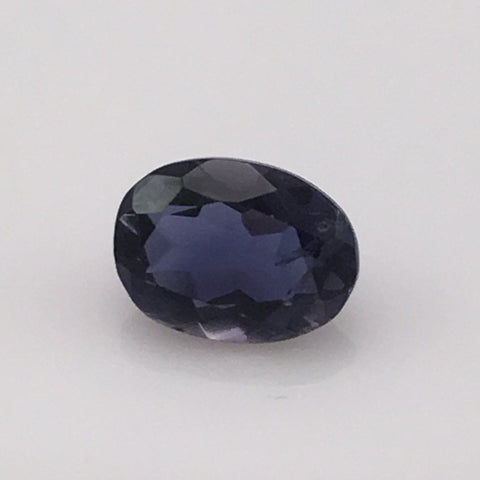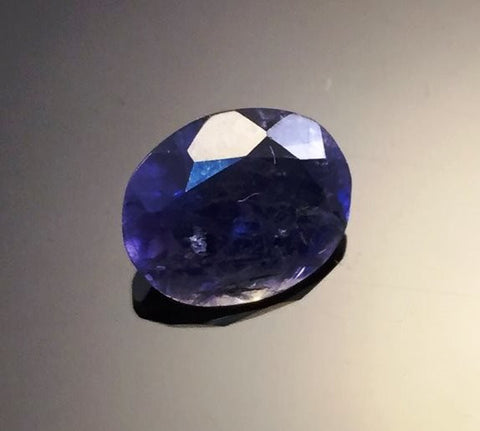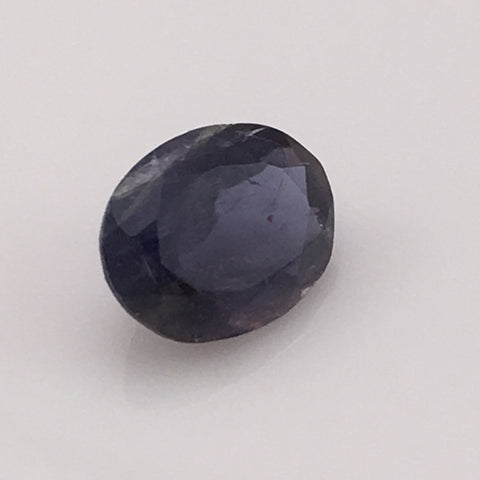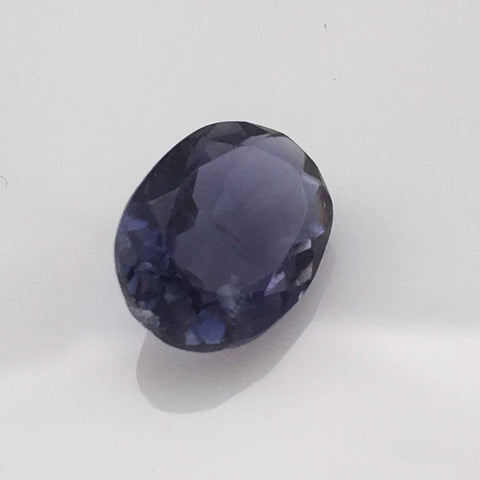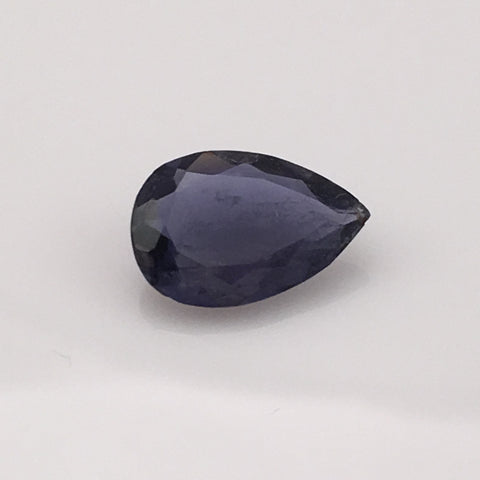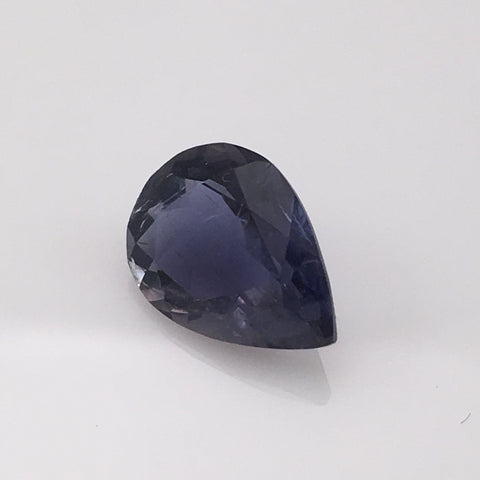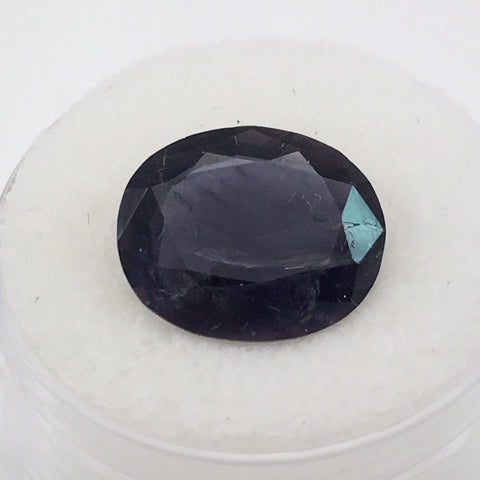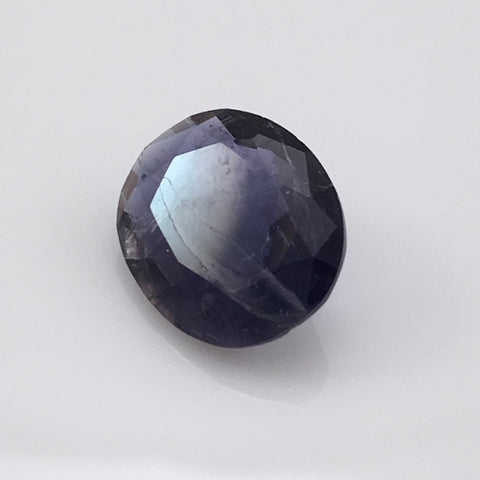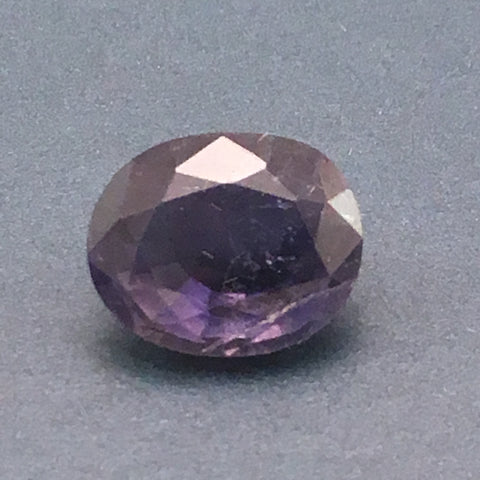Iolite
Gem-quality Iolite can vary in color from sapphire blue to violet-like blue and from light-blue to yellowish-gray. Its strong pleochroic properties can often be used to help identify and distinguish iolite amongst other similar colored gemstones. Iolite can sometimes be mistaken for sapphire and tanzanite, but it is softer than sapphire, and harder than tanzanite.
Iolite is typically light to dark blue and violet, although it can also occur in various shades of yellow, gray, green or brown. The most desirable color is an intense violet blue that can rival that of tanzanite. Iolite is trichroic which means that three different colors can be seen in the same stone depending on the viewing angle.
The name 'iolite' originates from the Greek word 'ios' meaning 'violet'. Iolite's strong pleochroism earned it the misleading trade name of 'water-sapphire', but its also known as "Viking Sapphire" as it was a gemstone prized by Norse tradesmen in the the middle ages.
Iolite is typically light to dark blue and violet, although it can also occur in various shades of yellow, gray, green or brown. The most desirable color is an intense violet blue that can rival that of tanzanite. Iolite is trichroic which means that three different colors can be seen in the same stone depending on the viewing angle.
The name 'iolite' originates from the Greek word 'ios' meaning 'violet'. Iolite's strong pleochroism earned it the misleading trade name of 'water-sapphire', but its also known as "Viking Sapphire" as it was a gemstone prized by Norse tradesmen in the the middle ages.

